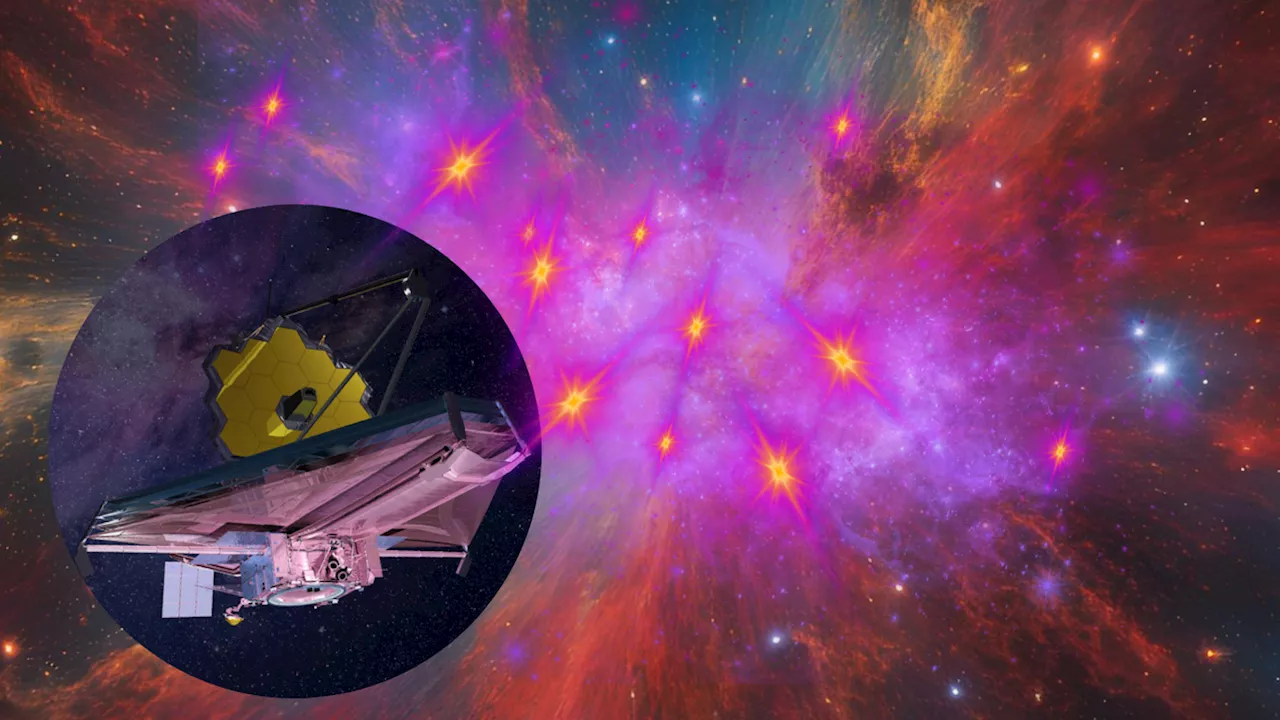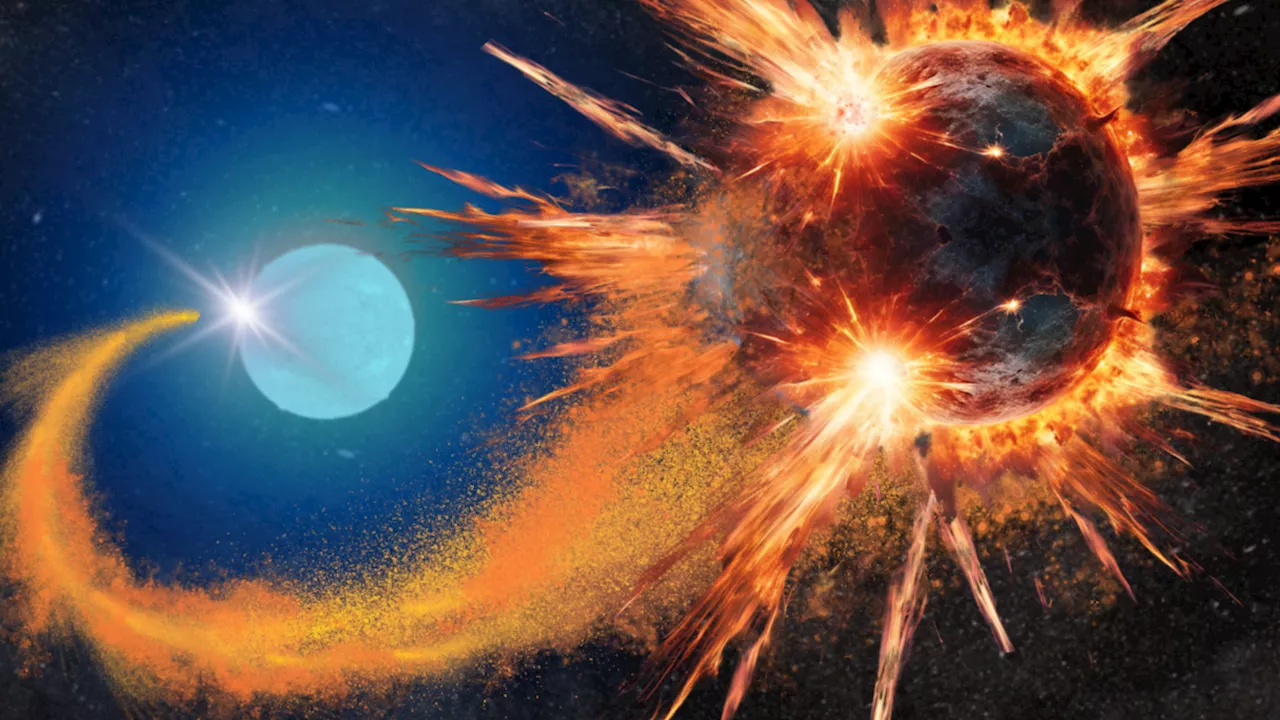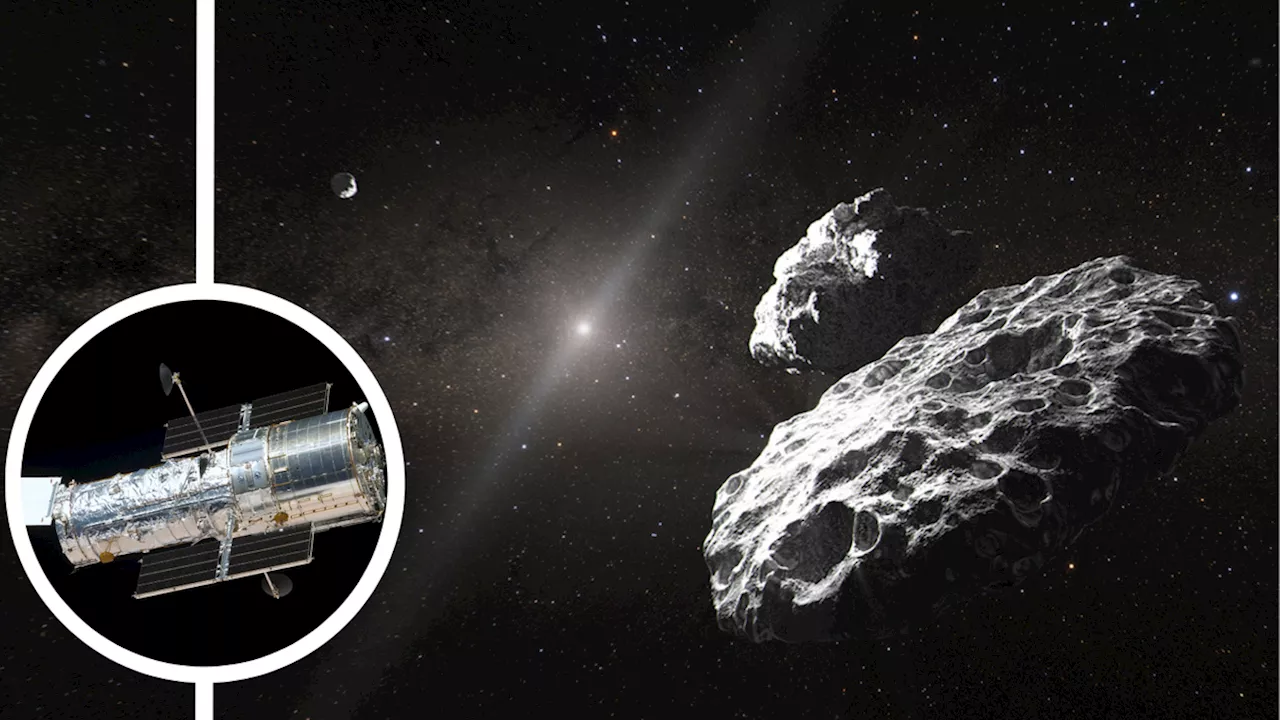How gravity causes a perfectly spherical ball to roll down an inclined plane is part of elementary school physics canon. But the world is messier than a textbook. Scientists have sought to quantitatively describe the much more complex rolling physics of real-world objects.
Physics of irregular objects on inclined planes probed." ScienceDaily. ScienceDaily, 27 March 2025. <www.sciencedaily.comHarvard John A. Paulson School of Engineering and Applied Sciences. . Physics of irregular objects on inclined planes probed.
Researchers have combined theory and experiments to show that nuclear polarization does not limit studies of muonic atoms, clearing the way for new nuclear physics ... Researchers study how Champatis roll and bounce down inclines. The authors released a heap of the seeds down an inclined plane while a camera recorded their descent to analyze their speed and the ...
Researchers have unveiled an artificial intelligence-based model for computational imaging and microscopy without training with experimental objects or real data. The team introduced a ... Physicists know about the huge chasm between quantum physics and the theory of gravity. However, in recent decades, theoretical physics has provided some plausible conjecture to bridge this gap and ...
Quantum Physics Engineering Nuclear Energy Computers And Internet Computer Science Computer Programming Mathematics
United States Latest News, United States Headlines
Similar News:You can also read news stories similar to this one that we have collected from other news sources.
 Scientists discover first-ever Bose-Einstein state in magnons, reshaping physicsResearchers have created a Bose-Einstein condensate from paired magnons in a magnetic material, defying traditional BEC formation.
Scientists discover first-ever Bose-Einstein state in magnons, reshaping physicsResearchers have created a Bose-Einstein condensate from paired magnons in a magnetic material, defying traditional BEC formation.
Read more »
 James Webb Space Telescope joins cosmic detectives in hunt for dark matterRobert Lea is a science journalist in the U.K. whose articles have been published in Physics World, New Scientist, Astronomy Magazine, All About Space, Newsweek and ZME Science. He also writes about science communication for Elsevier and the European Journal of Physics. Rob holds a bachelor of science degree in physics and astronomy from the U.K.
James Webb Space Telescope joins cosmic detectives in hunt for dark matterRobert Lea is a science journalist in the U.K. whose articles have been published in Physics World, New Scientist, Astronomy Magazine, All About Space, Newsweek and ZME Science. He also writes about science communication for Elsevier and the European Journal of Physics. Rob holds a bachelor of science degree in physics and astronomy from the U.K.
Read more »
 NASA supercomputer finds billions of comets mimicking the Milky Way's shape: 'The universe seems to like spirals!'Robert Lea is a science journalist in the U.K. whose articles have been published in Physics World, New Scientist, Astronomy Magazine, All About Space, Newsweek and ZME Science. He also writes about science communication for Elsevier and the European Journal of Physics. Rob holds a bachelor of science degree in physics and astronomy from the U.K.
NASA supercomputer finds billions of comets mimicking the Milky Way's shape: 'The universe seems to like spirals!'Robert Lea is a science journalist in the U.K. whose articles have been published in Physics World, New Scientist, Astronomy Magazine, All About Space, Newsweek and ZME Science. He also writes about science communication for Elsevier and the European Journal of Physics. Rob holds a bachelor of science degree in physics and astronomy from the U.K.
Read more »
 The solar system is teeming with 1 million 'alien invaders' from Alpha CentauriRobert Lea is a science journalist in the U.K. whose articles have been published in Physics World, New Scientist, Astronomy Magazine, All About Space, Newsweek and ZME Science. He also writes about science communication for Elsevier and the European Journal of Physics. Rob holds a bachelor of science degree in physics and astronomy from the U.K.
The solar system is teeming with 1 million 'alien invaders' from Alpha CentauriRobert Lea is a science journalist in the U.K. whose articles have been published in Physics World, New Scientist, Astronomy Magazine, All About Space, Newsweek and ZME Science. He also writes about science communication for Elsevier and the European Journal of Physics. Rob holds a bachelor of science degree in physics and astronomy from the U.K.
Read more »
 Mystery solved! Odd X-ray signal was 'death knell' of planet destroyed by zombie star (video)Robert Lea is a science journalist in the U.K. whose articles have been published in Physics World, New Scientist, Astronomy Magazine, All About Space, Newsweek and ZME Science. He also writes about science communication for Elsevier and the European Journal of Physics. Rob holds a bachelor of science degree in physics and astronomy from the U.K.
Mystery solved! Odd X-ray signal was 'death knell' of planet destroyed by zombie star (video)Robert Lea is a science journalist in the U.K. whose articles have been published in Physics World, New Scientist, Astronomy Magazine, All About Space, Newsweek and ZME Science. He also writes about science communication for Elsevier and the European Journal of Physics. Rob holds a bachelor of science degree in physics and astronomy from the U.K.
Read more »
 Hubble Telescope discovers a new '3-body problem' puzzle among Kuiper Belt asteroids (video)Robert Lea is a science journalist in the U.K. whose articles have been published in Physics World, New Scientist, Astronomy Magazine, All About Space, Newsweek and ZME Science. He also writes about science communication for Elsevier and the European Journal of Physics. Rob holds a bachelor of science degree in physics and astronomy from the U.K.
Hubble Telescope discovers a new '3-body problem' puzzle among Kuiper Belt asteroids (video)Robert Lea is a science journalist in the U.K. whose articles have been published in Physics World, New Scientist, Astronomy Magazine, All About Space, Newsweek and ZME Science. He also writes about science communication for Elsevier and the European Journal of Physics. Rob holds a bachelor of science degree in physics and astronomy from the U.K.
Read more »
